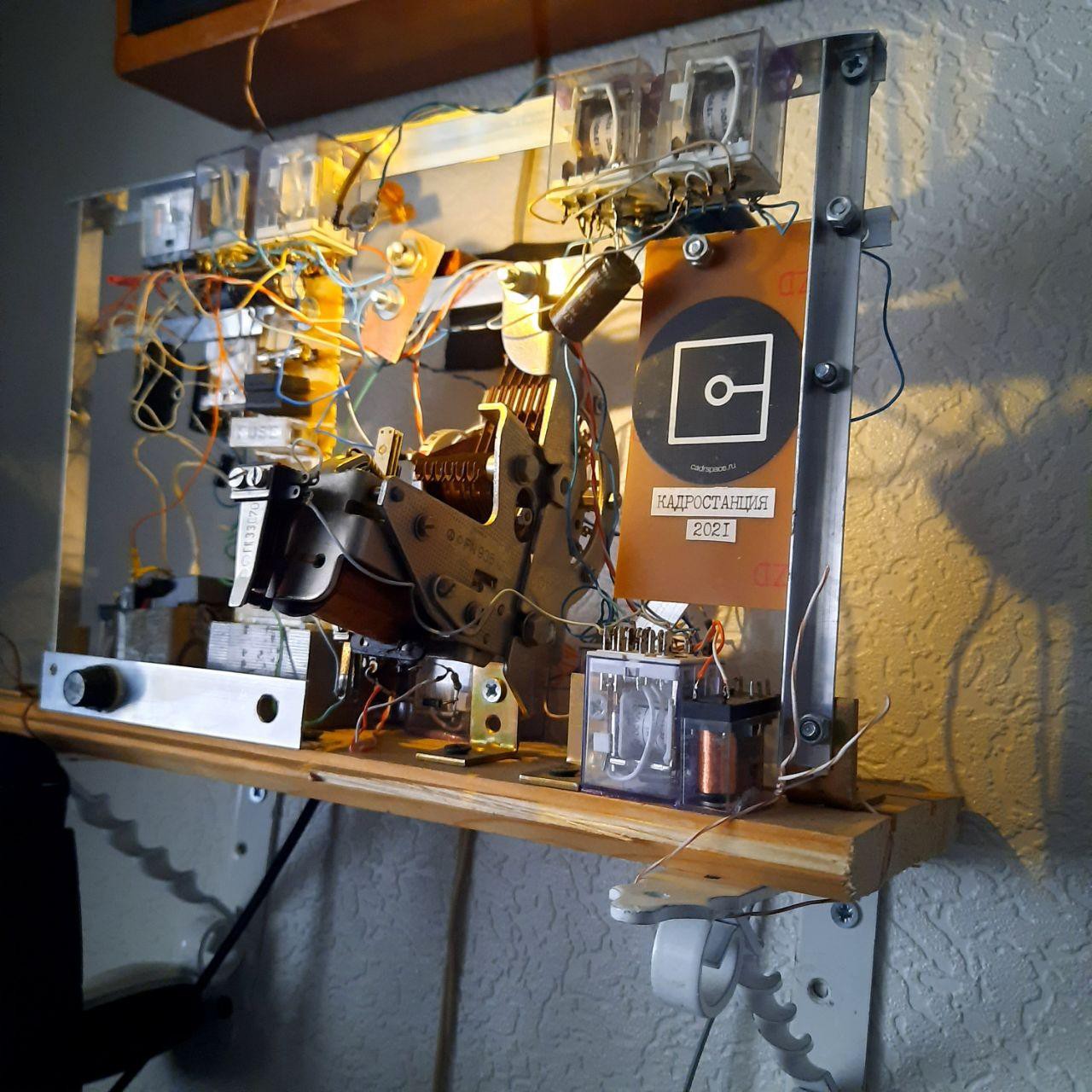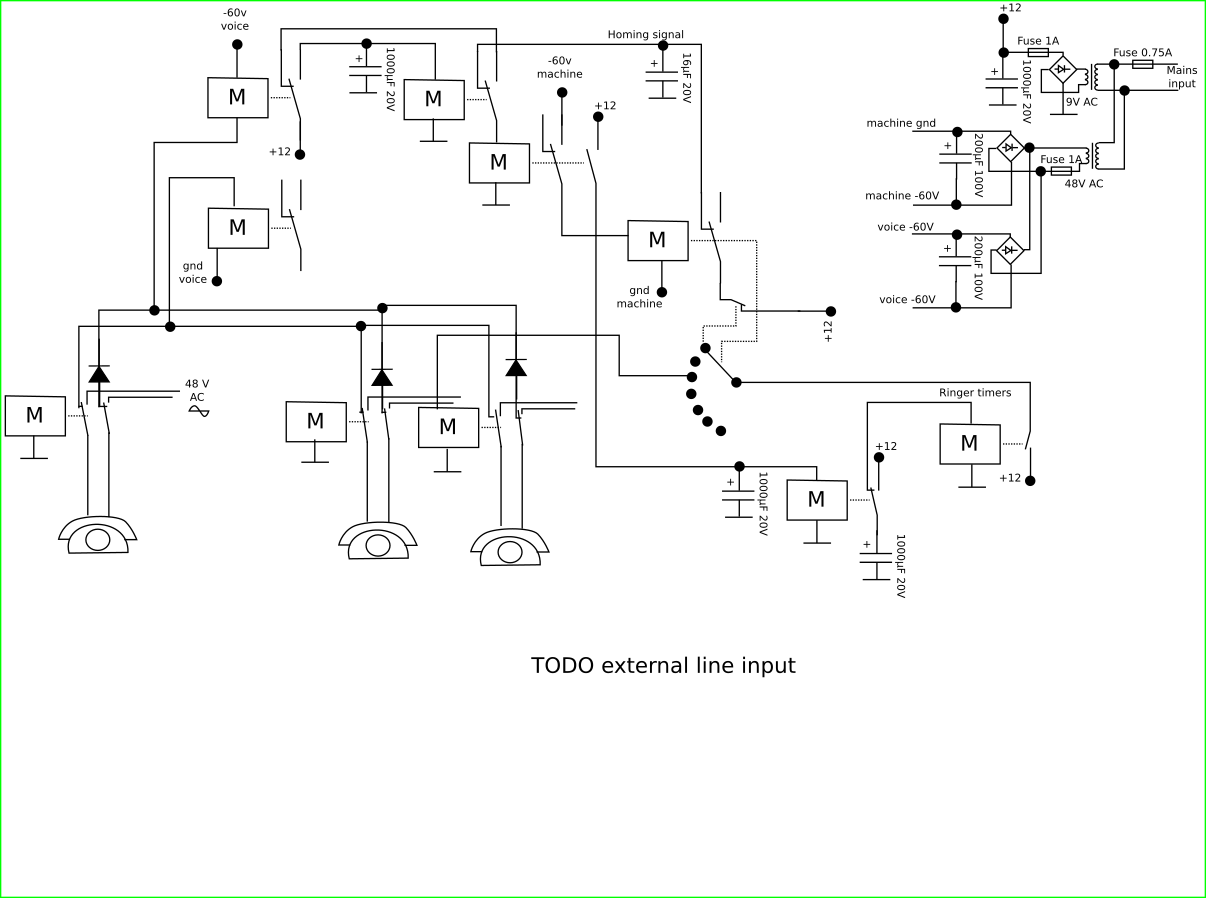All right, let me explain, why I made this thing.
1. It has historical meaning. Old rotary phones need to be connected to something called telephone exchange. In early times it was a huge piece if machinery hidden in machine room of local telephone exchange office. This device encourages people to learn more about telephone exchange equipment history.
2. It reuses old rotary dial phones. A lot of them are wasted in antique shops and junkyards. This device shows how to make them usable again.
3. It is secure. Sometimes one needs extra privacy (for busyness needs or I do not know what). This setup requires no computer components to work, otherwise one need to do firmware expertise to ensure there is no backdoor or such. (I believe that old hardware is more secure, because it has less complexity in it. We shall not update everything we have to make it more secure. No. We have to understand the technology to make it more secure/private. And less complex technology is easier to understand).
4. It is reliable to some extent. Stepping switch is a weak point that needs maintenance, but phones themselves are pretty thick and hard to break apart, also easy replaceable.
I should warn you that this Cadr-o-station device is a multi-conference one. That is, all phones are always connected together. No wonder, that only one stepping switch is needed here. It is used to send buzzer signals. If it fails, one can disable it, and phones will be still usable.
By the way, there is an long read article for the International Journal of Proof of Concept or GTFO issue 21 waiting for its readers.
There is another article on single page specially crafted for PagedOut magazine lead by Gynvael Coldwind. I hope he will recover from disease and publish it eventually in issue #3.
 dearuserhron
dearuserhron



Nice little exchange. I got interested in old phone switching systems after watching ConnectionsMuseum and This Museum Is Not Obsolete. Got a bunch of pulse-dialed phones that I'd like to restore at some point and put to a good use. Looking for a stepping switch.